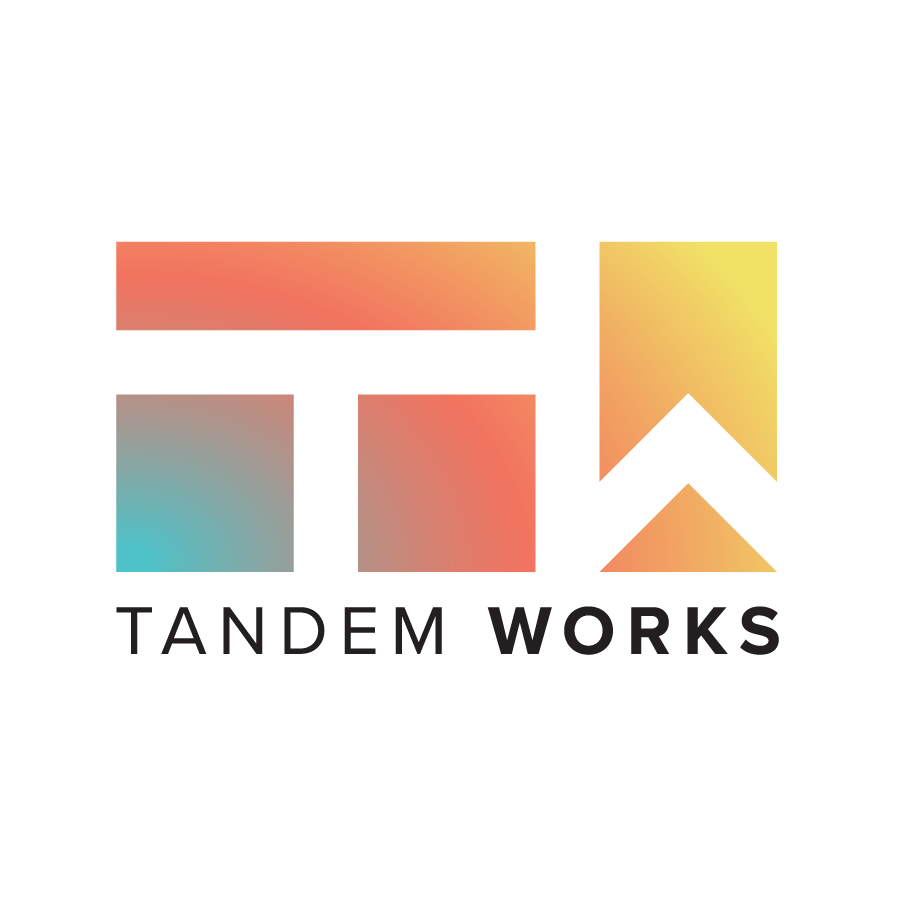Storytelling Isn’t Just for Nonprofits, It’s for Your Business Too
Create Impact with Your Business Stories
In today’s fast-paced digital world, the art of storytelling has emerged as a powerful tool for creating meaningful connections and driving impact. While nonprofits have long harnessed the power of storytelling to rally support and promote their missions, businesses and other organizations are increasingly recognizing the value of weaving compelling narratives to foster community engagement and drive positive change.
So, First - Why Storytelling Matters
At its core, storytelling is about creating connections. A well-told story can evoke emotions, inspire action, and build a sense of shared purpose. Whether it's a tale of overcoming adversity, a narrative that highlights the journey of growth, or an account of a significant community impact, stories have the power to resonate deeply with people. We say it all the time, numbers are not the story; they support the story. In the business world, it’s easy to get stuck in KPIs and forget that these are supporting pieces of what is happening - and what is happening is the story.
For nonprofits, storytelling is often used to highlight the needs they address, celebrate successes, and motivate donors and volunteers. However, businesses and other organizations can also leverage storytelling to connect with their audiences on a deeper level, create a lasting impact, and foster a sense of community. Both internally (Operations) and externally (Marketing).
Storytelling for Community Impact
Here are several ways businesses can use storytelling to create community impact:
1. Highlighting Social Responsibility Initiatives:
Share stories about your company’s involvement in social responsibility programs. Whether it's through volunteer efforts, charitable donations, or sustainability practices, showcasing these initiatives can demonstrate your commitment to making a difference and inspire others to join your cause.
2. Employee Stories:
Employees are the heart of any organization. Sharing their personal stories—such as their career journeys, challenges they've overcome, and their contributions to the company and community—can humanize your brand and create a sense of connection and loyalty among your audience. This also strengthened internal communication and morale for your organization. This is a great way to build community with your employees and strengthen retention and hiring for your team.
3. Customer Success Stories:
Highlighting stories of customers who have benefited from your products or services can be incredibly powerful. These stories not only demonstrate the value you provide but also build trust and credibility with potential customers. When possible, have them tell their story in their own words through quotes, a podcast interview, and you can ask if they will write a blog or be part of a Facebook live.
4. Community Partnerships:
Collaborating with local organizations, schools, or community groups can create shared value and strengthen your community ties. Sharing stories about these partnerships can highlight the positive impact your company is making and encourage others to support or participate in these efforts. PowerTech is a great example of this. Check out Josh Kallsen’s story on Riding Tandem
5. Personal Growth and Company Culture:
Sharing stories about your company’s culture, values, and the personal growth journeys of your team members can foster a sense of belonging and pride. This can attract like-minded individuals to your organization and build a community of supporters who share your values. We like to do this through our email community. If you would like to join in jump in here
Practical Steps to Implement Storytelling
1. Identify Your Core Values:
Start by identifying the core values and mission of your organization. These will serve as the foundation for your storytelling efforts and ensure that your narratives align with your overall goals. Core values are something we live and breath by here at Tandem Works. They are more than just pretty vinyl graphics on a wall. If you are looking for tips for creating your own core values, check out our podcast episode, which is all about it here.
2. Engage Your Team:
Encourage employees to share their stories and experiences. Create a supportive environment where they feel comfortable and valued in contributing their narratives. One of our signature offerings is listening sessions, which are custom-created for each community's goals. Whether it’s your office team, warehouse team, or the community at large, conducting an employee or team feedback session is invaluable. These go way beyond listening tours and dig in deep into your community stories. Learn more about engaging listening sessions here
3. Leverage Multiple Platforms:
Utilize various platforms to share your stories—social media, blog posts, newsletters, videos, and podcasts. Don’t forget live events, out-of-office emails and even your team meetings. Different formats can reach different audiences and create a more comprehensive storytelling strategy.
4. Be Authentic:
Authenticity is key to effective storytelling. Ensure that your stories are genuine, relatable, and reflect the true spirit of your organization.
5. Measure Impact:
Track the engagement and impact of your storytelling efforts. Use metrics such as social media engagement, website traffic, and customer or employee feedback to evaluate the effectiveness of your narratives and make necessary adjustments.
Storytelling is a versatile and powerful tool that can drive community impact and create lasting connections. While nonprofits have traditionally led the way in using stories to inspire and engage, businesses and other organizations can also harness this tool to foster a sense of community, demonstrate their values, and contribute to positive change. By embracing storytelling, you can build a stronger, more connected community and create a lasting impact that goes beyond the bottom line.
How is your organization using storytelling to create community impact? Share your experiences and insights in the comments below or join our conversation on social media at The Tandem Works Circle for Marketing.






